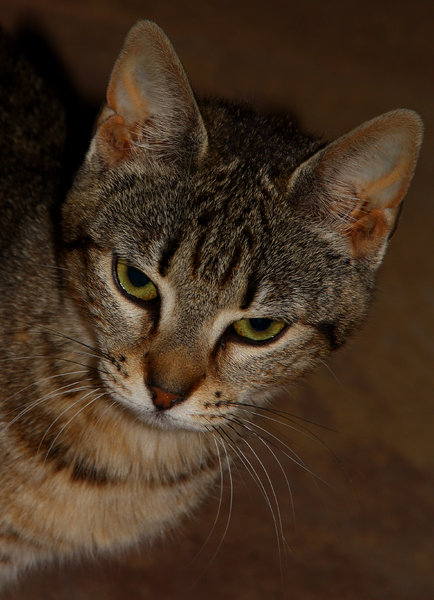
Cat litter and litter boxes play a critical function in the lives of both felines and their owners. From the humble beginnings of sand and soil to the innovative improvements these days, the world of cat litter has actually evolved significantly. In this extensive guide, we look into every element of cat litter and litter boxes, exploring their history, types, advantages, obstacles, and whatever in between.
The history of cat litter go back centuries, with ancient civilizations utilizing sand, soil, and even ashes as primitive litter products. Nevertheless, it wasn't till the mid-20th century that modern-day cat litter as we understand it emerged. In 1947, Edward Lowe presented the world's very first business cat litter made from absorbent clay, revolutionizing the way felines relieved themselves indoors. Since then, cat litter has gone through many improvements, with the intro of clumping litter, silica gel litter, eco-friendly alternatives, and more.
Today, feline owners are ruined for choice when it comes to selecting the right litter for their feline companions. Traditional clay litter stays popular for its price and efficiency in taking in odors. Clumping litter, which forms solid clumps when wet, simplifies cleansing and upkeep. Silica gel litter, made up of highly absorbent silica crystals, provides superior odor control and durability. Eco-friendly choices, such as recycled paper, wood pellets, corn, and wheat, attract environmentally conscious consumers.
Each kind of cat litter uses distinct advantages. Clay litter masters its capability to take in moisture and control smells, making it a reliable choice for lots of feline owners. Clumping litter simplifies daily scooping and extends the time in between complete litter changes. Silica gel litter supplies extraordinary odor control and can last longer in between replacements. Naturally degradable litters offer a sustainable option that reduces ecological effect.
While cat litter enhances indoor feline health, it is not without its difficulties. Dust from clay litter can pose breathing dangers for both cats and human beings, prompting the appeal of dust-free alternatives. Some cats might develop litter box hostility due to issues with texture, aroma, or cleanliness, demanding experimentation with different litters and box setups. Multi-cat homes might require tactical litter box placement and regular maintenance to avoid territorial conflicts and ensure all cats have Tofu Cat Litter access to tidy facilities.
Selecting the proper litter box is vital for promoting favorable litter box practices and general feline well-being. Elements to think about include size, availability, and design choices. Covered litter boxes provide personal privacy and help include odors, but some felines may discover them restricting or daunting. Open-top litter boxes use easy gain access to and visibility however may lead to more litter scatter. Automatic self-cleaning litter boxes enhance upkeep but require regular tracking cat litter box and upkeep.
Appropriate cat litter mat litter box upkeep is essential for making sure a clean and inviting environment for both felines and their owners. Daily scooping removes waste immediately, minimizing odor and preventing litter box aversion. Regular litter replacement, normally every 1-2 weeks, prevents bacterial buildup and maintains ideal absorbency. Extensive cleaning with mild detergent and water, preventing harsh chemicals that may prevent felines from using the box, need to be performed monthly.
Cat litter and litter boxes play a main function in promoting a healthy and unified relationship between cats and their human buddies. With a varied selection of litter choices and litter box styles offered, feline owners have the versatility to tailor their choices to suit their cats' choices and family requirements. By comprehending the development, types, advantages, and obstacles of cat litter and litter boxes, family pet owners can provide their feline friends with a comfortable and hygienic indoor environment.